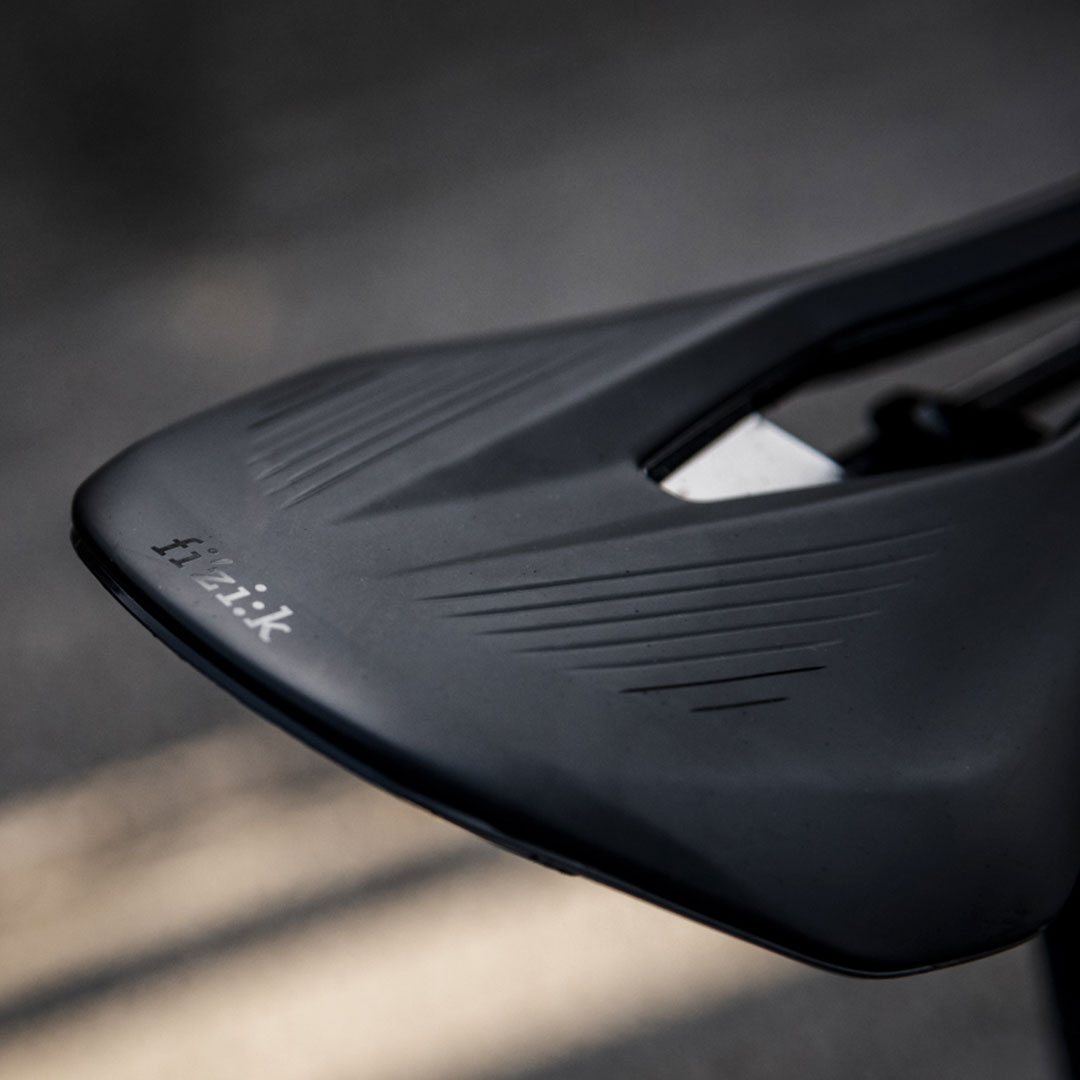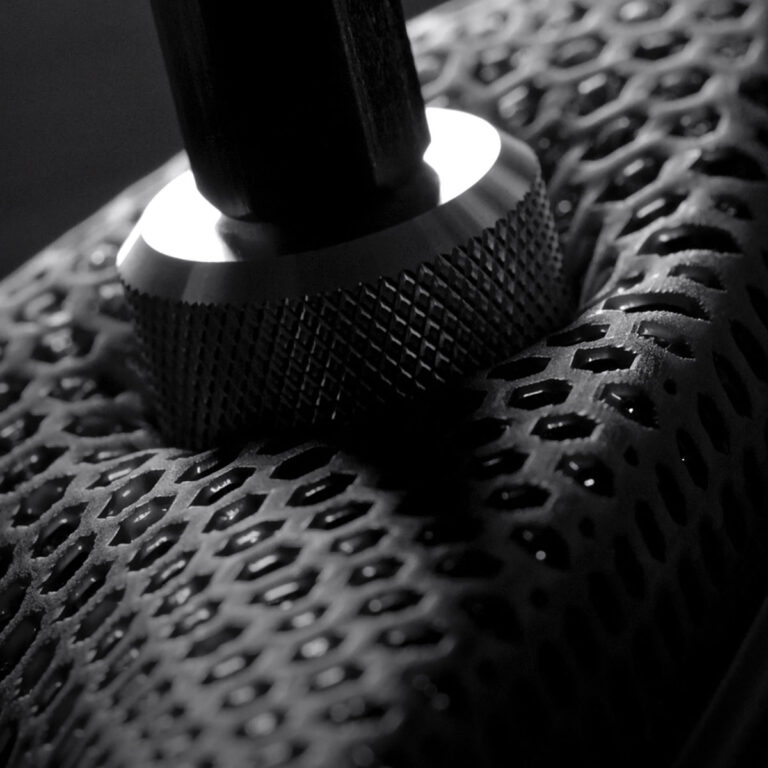Gravel Bike Saddle Care and Maintenance Tips: Ensuring Comfort and Durability on Every Ride
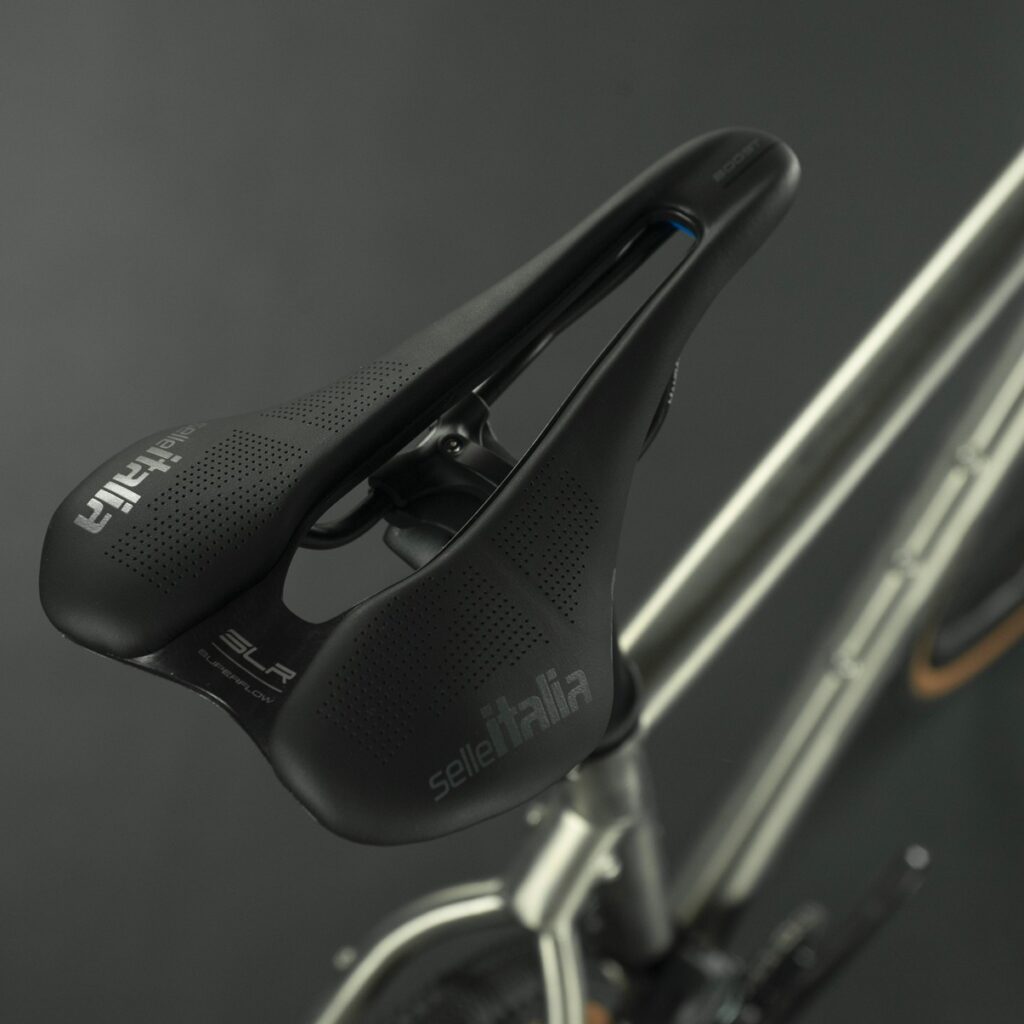
Key Point Summary of Gravel Bike Saddle Care and Maintenance Tips:
- Regular Cleaning: Essential for maintaining the saddle’s appearance and longevity.
- Inspection for Wear and Tear: Frequent checks to identify and address early signs of damage.
- Proper Storage: Keeping the saddle in a suitable environment to prevent damage from extreme temperatures and moisture.
- Use of Appropriate Cleaning Products: Selecting the right products for different saddle materials.
- Professional Check-ups: Seeking expert advice for significant repairs or adjustments.
As a seasoned cyclist who has spent countless hours on mountain, gravel, and cyclocross bikes, I’ve come to understand the importance of saddle care and maintenance. A well-maintained saddle can be the difference between a comfortable ride and an unbearable one, especially on the varied terrain of gravel biking. Let’s dive into some essential tips for keeping your gravel bike saddle in top condition.
Regular Cleaning: The First Step to Saddle Care
Keeping your saddle clean is not just about aesthetics; it’s about preserving the material. After each ride, especially muddy or wet ones, I make it a point to wipe down my saddle. A damp cloth usually does the trick for removing dirt and grime. For leather saddles, a leather-specific cleaner followed by a conditioner can keep the material supple and prevent cracking.
Advanced Care Techniques
Dealing with Saddle Stains
Stains can be a common issue, especially on lighter-colored saddles. For synthetic saddles, a gentle stain remover can be effective, but be cautious with leather saddles. A dedicated leather stain remover, used sparingly, can do wonders.
Waterproofing Your Saddle
For those who frequently ride in wet conditions, considering waterproofing treatments can be beneficial. There are products specifically designed for waterproofing bike saddles, which can help protect the material from water damage.
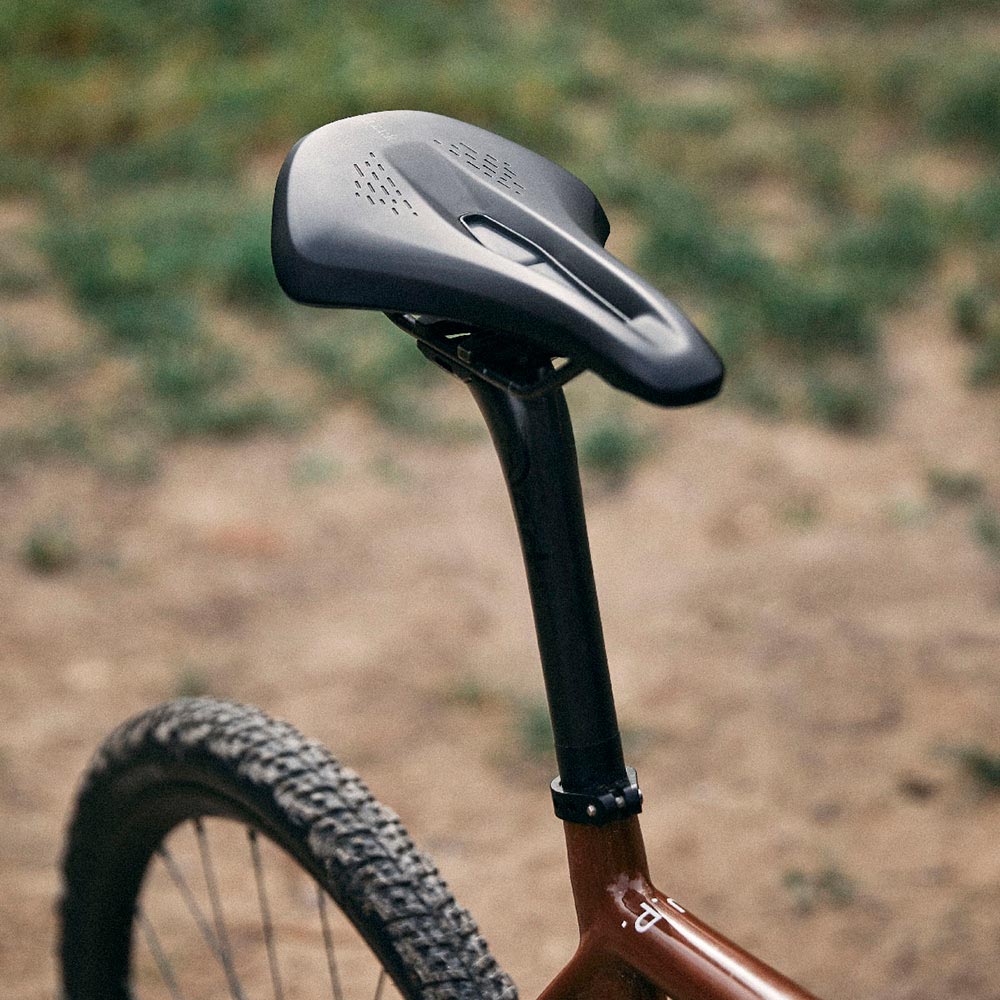
Adjusting Saddle Tension
Particularly for leather saddles, tension adjustments can be crucial as the material stretches over time. Learning how to adjust saddle tension can maintain its shape and comfort. However, this is a delicate process and is sometimes best left to professionals.
Inspection: Catching Problems Early
Frequent inspection of your saddle can save you a lot of trouble. Look for signs of wear like stitching coming undone, small tears, or deformations. Early detection means easier repairs. I once ignored a small tear, only for it to worsen over time, leading to an uncomfortable ride and eventually, the need for a new saddle.
Proper Storage: Protecting Your Saddle
Storage conditions can significantly impact your saddle’s lifespan. Exposing your saddle to extreme temperatures or constant moisture can degrade the materials. I always store my bike in a cool, dry place, ensuring the longevity of the saddle.
Choosing the Right Cleaning Products
The type of cleaning product depends on your saddle material. For synthetic saddles, mild soap and water work well. Leather saddles, however, require specific leather cleaners and conditioners. Using the wrong products can cause damage, so I always double-check before applying anything.
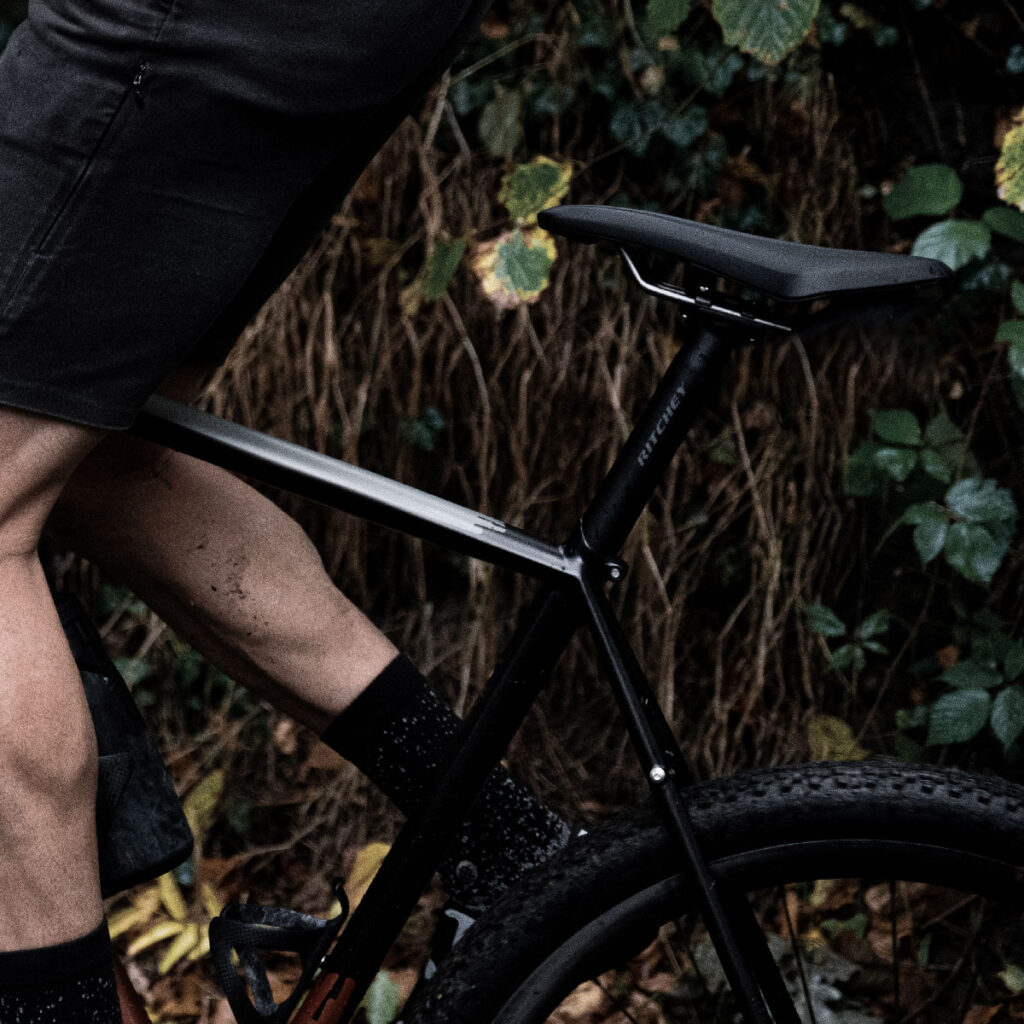
Here are the top five gravel bike saddles that have received positive feedback from riders:
- Brooks Cambium C17: Renowned for its durability and comfort, the Brooks Cambium C17 is made from natural rubber and organic cotton. It’s designed to absorb shocks and vibrations, making it a favorite for long-distance gravel riders.
- WTB Volt: The WTB Volt is popular for its versatility and comfortable design, featuring a slightly raised tail and a gentle drop to the nose to aid in climbing and moving around the saddle over varied terrain.
- Selle Italia SLR Boost Gravel Superflow: This saddle is designed specifically for gravel riding, offering a lightweight design with a short nose and extra padding for comfort over rough surfaces.
- Fizik Terra Argo X3: Known for its ergonomic design, the Terra Argo X3 offers a supportive yet cushioned ride, with a dropped nose design to provide stability and reduce pressure when riding on rough trails.
- Specialized Power Pro Elaston: This saddle is praised for its advanced Elaston foam padding, which provides exceptional support and comfort. Its wide and short design is tailored to offer an optimal riding position for gravel biking.
Each of these saddles brings something unique to the gravel biking experience, from advanced materials for comfort and durability to designs specifically tailored for the challenges of gravel riding. When choosing a saddle, consider your riding style, comfort preferences, and the specific demands of your gravel biking adventures.
Professional Check-ups: When to Seek Help
Sometimes, a saddle may need more than just a DIY approach. Professional check-ups can be invaluable, especially for issues like re-tensioning a leather saddle or fixing a broken rail. Don’t hesitate to consult a professional for complex maintenance tasks.
Personal Anecdotes and Insights
The Importance of Regular Cleaning
I learned the importance of regular cleaning after a particularly muddy gravel ride. The mud that dried on the saddle wasn’t just unsightly; it hardened and caused the material to stiffen, affecting my comfort on subsequent rides. Since then, cleaning my saddle post-ride has become a ritual.
Spotting Wear and Tear
During one of my routine inspections, I noticed the stitching on the edge of my saddle was coming loose. Catching this early allowed me to repair it quickly, preventing further damage and maintaining the saddle’s integrity.
Storage Lessons
I once left my bike in a damp, cold garage over winter. The result? A saddle that was discolored and had started to crack. This experience taught me the importance of proper storage conditions for my bike and saddle.
The Right Products Make a Difference
Using a generic cleaner on my first leather saddle was a mistake. It dried out the leather, leading to cracks. After switching to a leather-specific cleaner and conditioner, the difference in my saddle’s condition was night and day.
A Professional’s Touch
There was a time when my saddle started to feel uneven. Attempting a DIY fix only made it worse. A visit to a professional not only fixed the issue but also provided me with valuable maintenance tips.
Final Thoughts
Caring for your gravel bike saddle is about more than just keeping it clean; it’s about regular inspections, proper storage, using the right products, and knowing when to seek professional help. A well-maintained saddle not only ensures comfort during long rides but also extends the life of this essential piece of your cycling gear. Remember, the key to a comfortable ride often lies in the care you give to your saddle.
Happy riding and happy maintenance!
John
FAQ
How often should I oil my saddle?
For leather saddles, it’s recommended to oil them every six months to a year, depending on usage and exposure to elements. Synthetic saddles typically do not require oiling.
Here’s a guide on how to maintain a leather saddle from Brooks England.
How do you condition a leather bike saddle?
To condition a leather bike saddle, first, clean it with a damp cloth and let it dry. Then apply a leather conditioner or saddle soap sparingly, rubbing it in with a soft cloth. Allow the conditioner to absorb and dry before buffing off any excess. Avoid over-conditioning to prevent the leather from becoming too soft.
How do you condition a saddle?
To condition a saddle, first clean it to remove dirt and debris. Then, apply a saddle conditioner or leather balm with a soft cloth, rubbing it in gently and evenly. Allow it to absorb into the leather before wiping off any excess. For synthetic saddles, use products specifically designed for their material. Regular conditioning helps maintain the leather’s flexibility and prevent cracking.
